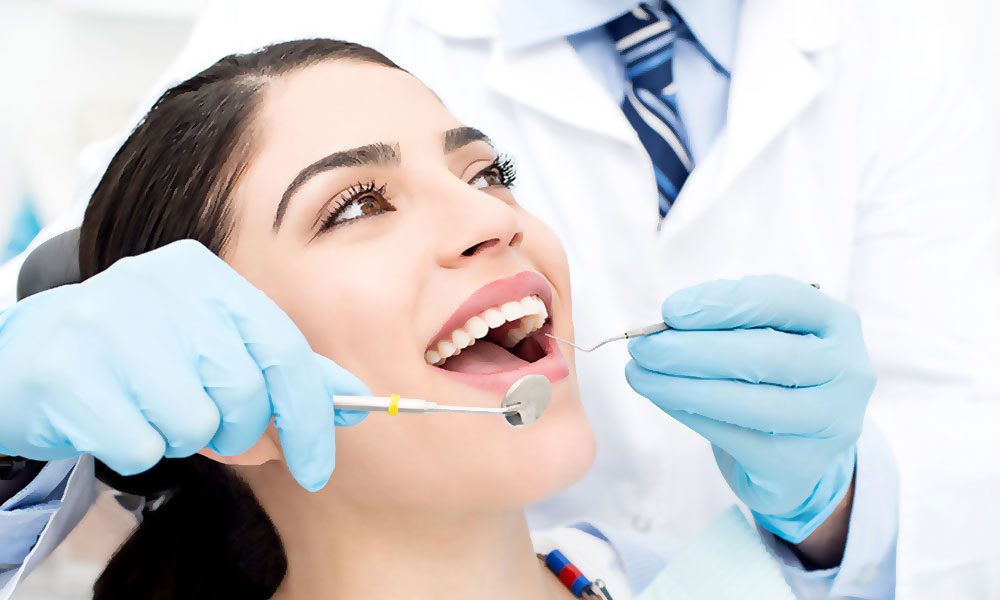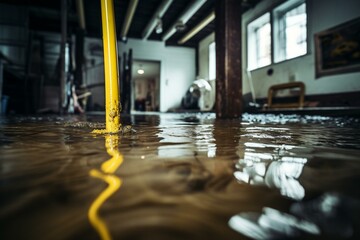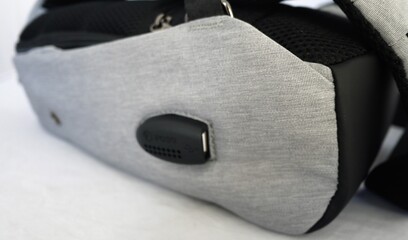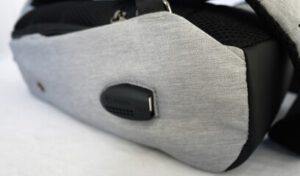A cracked or chipped windshield is not just a nuisance, it is a safety hazard. It is therefore important to get it repaired as soon as possible. Contact Windshield Replacement Tampa now!
The first step is to remove the damaged glass. Technicians use special tools to remove the glass quickly, carefully and cleanly. Then they prepare the mounting area for the new windshield.
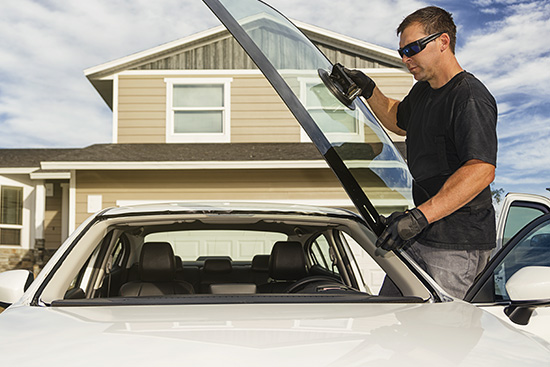
Whether it’s from a flying piece of debris or a rock hitting the road, getting your windshield replaced isn’t cheap. However, prices can vary significantly based on your vehicle type, year and features. Luxury cars often require specific glass that is usually only available at the dealer, and can sometimes cost up to twice what non-luxury vehicles do.
The quality of your glass also impacts the price. OEM (original equipment manufacturer) glass is generally more expensive, as it’s typically made from higher-density materials that provide a better fit and structural support to the roof and structure of your car in the event of an accident. However, some manufacturers make cheaper aftermarket glass that is perfectly safe to use, and may even be DOT-certified for your particular vehicle.
Some modern windshields contain ADAS sensors and cameras that can assist with driver assistance features such as pedestrian collision avoidance, lane-keep assist or adaptive cruise control. These sensors need to be recalibrated after a windshield replacement to ensure that they are still aimed correctly and functioning properly. This can add an additional $300 or more to the total cost of the repair.
Another factor is how many chips or cracks are in your windshield. Depending on the state you live in, your auto insurance policy may cover the entire cost of your windshield replacement or repair. Normally, your windshield is covered under comprehensive coverage which covers repairs for any perils that damage your vehicle, including theft, vandalism, and damage from a crash, regardless of who caused the collision.
Some states also have inspection programs, which require your windshield to pass a certain number of tests, including optical distortions in the glass. Cracks from one inch up to several inches are typically acceptable, but you can find the rules and regulations for your specific state by checking with your local department of transportation or insurance agency.
Aside from the above, the most important thing to remember when choosing a windshield company is to choose an independent provider that offers competitive pricing with fast response times. This can help you to save money on the repairs or replacement, and will also ensure that your new windshield is installed with the best possible quality.
A windshield is one of the most important safety features in a car. It protects the driver and passengers from flying debris during a collision. It also helps to keep the vehicle structurally sound. If the windshield is damaged, it can lead to serious injury and even death.
Windshields are made of two panes of glass with a plastic film in the middle. This allows the glass to break into smaller pieces rather than shattering. The plastic film also acts as a shock absorber during a collision, helping to minimize the impact and prevent the occupants from being ejected from the vehicle.
Getting your windshield replaced as soon as you notice damage is very important for safety reasons. Cracked or chipped windshields can significantly reduce your visibility, making it difficult to see pedestrians and other vehicles in time to avoid them. The windshield can also create distracting glares and distortions that can be dangerous at high speeds or in certain light conditions.
In addition to reducing your visibility, a cracked or chipped windshield can interfere with the function of your ADAS (Advanced Driving Assistance System) and LDWS (Lane Departure Warning System). This is because the sensors used by these systems are located in the windshield. This can lead to errors in the performance of the ADAS and LDWS, which can increase your risk of an accident or injury.
After your windshield has been replaced, it is important to take some precautions to ensure the seal continues to cure properly. In particular, you should avoid driving over speed bumps or potholes for the first 48 hours. Hitting these obstacles with significant force or driving at very high speeds can cause the adhesive to fail and your windshield could come loose from the frame of your vehicle.
It is also important to avoid using any chemical products that may damage the protective coating on your windshield. These chemicals can deteriorate the surface of the glass and lead to cracks and leaks. It is recommended to use only automaker-approved cleaners to protect your windshield and other components of your vehicle.
Despite the common perception that windshields are a disposable safety feature, your vehicle’s windshield is not easily replaced. The windshield is more than just a piece of glass, it serves as a crucial part of the roof support in rollover accidents and helps keep passenger side air bags in place during deployment. The windshield also blocks UV rays from the interior, protecting the upholstery and trim. If a crack or chip develops, you should take your car to a professional and have it repaired as soon as possible to avoid damage and deterioration.
Windshields are not one-size-fits-all, so it is important to ensure that the replacement windshield is a direct fit for your car. The best option is original equipment manufacturer (OEM) glass, or an OEM-equivalent windshield. This type of windshield is manufactured by the same company as your vehicle’s original windshield, ensuring that it will provide a precise fit and maintain your vehicle’s specifications. It should also be DOT-marked to verify that it meets federal safety standards.
You should also be sure that the windshield installation technician is using quality urethane adhesives. The strength and durability of your windshield depend on these adhesives, which should be formulated to withstand high temperatures, sudden impacts, and extreme weather conditions. If the windshield is not properly bonded, it may shatter or detach during operation, which is dangerous for you and other drivers on the road.
After your windshield is installed, it takes a few hours for the urethane to fully cure and seal the glass in place. During this time, it is best to avoid driving your vehicle, especially over bumps or potholes that may cause significant vibrations. Slamming your doors creates a pressure change that can compromise the curing process, resulting in leaks or glass detachment. Additionally, you should try to avoid exposing your newly installed windshield to sunlight, as this will accelerate the degradation of the adhesive and glass.
Many modern windshields feature what’s known as a third-visor frit that helps to reduce the sun’s blinding glare when it’s peeking between the driver and passenger sun visors. This is usually indicated by a circle with an “iR” or “UU” inside of it, which indicates that the glass features a special reflective coating to help deflect sunlight and keep the interior cooler.
Most modern windshields also have a set of dots on the bottom edge, which is often used as a guide to help install the glass correctly. This is a good thing because improper installation can cause the windshield to shift over time, leading to cracks and even worse problems with visibility and sensor functionality (if you have an advanced driver assistance system in your car).
One of the most important things to look for when getting a new windshield is the type of material it’s made from, which will be indicated by a stamp in one corner of the windshield called a bug. This bug provides both drivers and auto glass technicians with important information about the windshield.
For instance, if you see a windshield with the bug that says “AS1” in it, this indicates that the windshield is made of laminated glass that has passed safety testing. The bug may also include the name of the auto glass manufacturer or a company logo, as well as an expanded indicator that specifies what the windshield is made from, such as “Temperlite,” “Therlite,” or “Lamisafe.”
Another important piece of information included in the bug is the country in which the windshield was made and distributed. If you see a letter within a circle next to the “AS1” safety rating, this indicates that the windshield was produced in that country and meets their specific safety standards.
For confidential and copyright reasons, OE windshield makers don’t share their production specifications with aftermarket companies that make replacement glass for different cars. This means that aftermarket manufacturers are stuck trying to figure out the best ways to meet or exceed OE windshield specs on their own, which can lead to poor-fitting replacements and problems with the ADAS sensors in your car.

